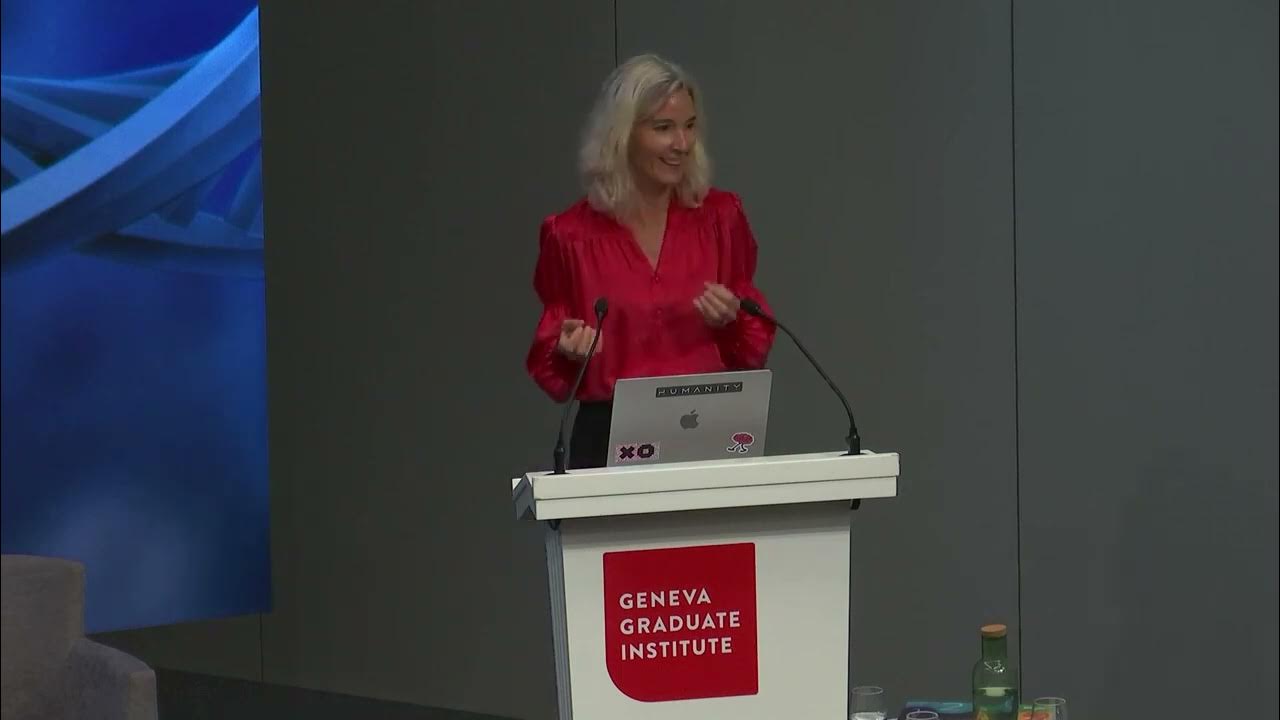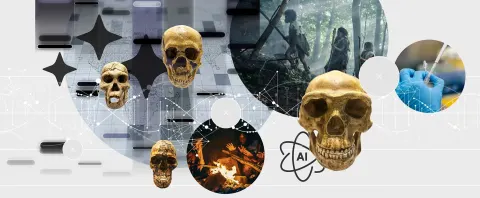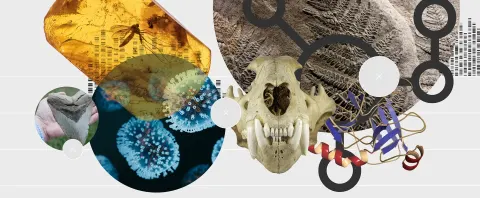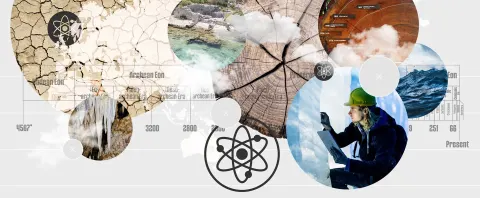Associated Sub-Fields:


New and improved dating techniques mean that some ancient artefacts can be directly and precisely dated, reducing the need for educated guesswork. Improved excavation methods are revealing subtle traces of past human activity, and of climatic and ecological shifts, that would previously have gone unnoticed. As in other fields, AI is beginning to be used and has already led to significant breakthroughs.
As a result, questions that were previously unanswerable can now be approached, and concepts that were once taken for granted have been assigned greater nuance or even disregarded. However, certain problems remain to be solved. One is that archaeology is afflicted by severe preservation bias. Materials such as stone can survive well in archaeological deposits, while more perishable substances like wood are prone to decay rapidly. As a consequence, our understanding of the past is skewed towards materials that survive and regions of the world with good preservation conditions.
The field also faces many equity issues. Researchers from the Global South are under-represented in the field generally, while also being particularly under-represented in more technical fields such as molecular-level analysis.1 There is also a need to clarify questions of ownership of ancient materials, which are often cross-national. And the field has yet to deal with a legacy of betrayal of Indigenous peoples by past generations of archaeologists.
There is also an urgent need for many more open-access online databases and standardised formatting to improve the general accessibility of archaeological data. Nonetheless, a growing diversity of peoples and approaches in archaeology is questioning long-standing dogmas. A more nuanced understanding of concepts like gender, hierarchy and societal resilience is reshaping our understanding of many past societies, providing a dynamic narrative that, along with the new generation of tools and techniques, offers reasons for optimism concerning future developments in the field.
KEY TAKEAWAYS
New scientific techniques have proved a boon to archaeology, enabling researchers to fill gaps in data and answer previously unanswerable questions about the past. Progress in Molecular-level analysis of ancient human remains has enabled the extraction of ancient human DNA even when no other remains are extant. The field of proteomics has supplemented this, providing valuable information about remains even where no viable DNA exists. In-depth isotopic analysis has revealed new details of hominin diets. Similar techniques have allowed the Molecular-level analysis of ancient non-human remains, revealing details about the ecosystems, diet, illnesses and existential threats associated with hominin life across a broad sweep of space and time. Scientific advances are also improving Palaeoclimate studies, allowing links to be made between extreme climatic events and societal disruptions, potentially giving insights into the adaptability and resilience of ancient hominin populations. Advances in remote sensing, isotopic analysis, non-invasive scanning and radio-dating techniques are Exposing and decoding world heritage with unprecedented clarity, providing new insights into the origins of artefacts, the extent of ancient trade networks and the details of cultural achievements.
Anticipatory Impact:
Three fundamental questions guide GESDA’s mission and drive its work: Who are we, as humans? How can we all live together? How can we ensure the well-being of humankind and the sustainable future of our planet? We asked researchers from the field to anticipate what impact future breakthroughs could have on each of these dimensions. This wheel summarises their opinions when considering each of these questions, with a higher score indicating high anticipated impact, and vice versa.
- Anticipated impact on who we are as humans
- Anticipated impact on how we will all live together
- Anticipated impact on the well-being of humankind and sustainable future of our planet









